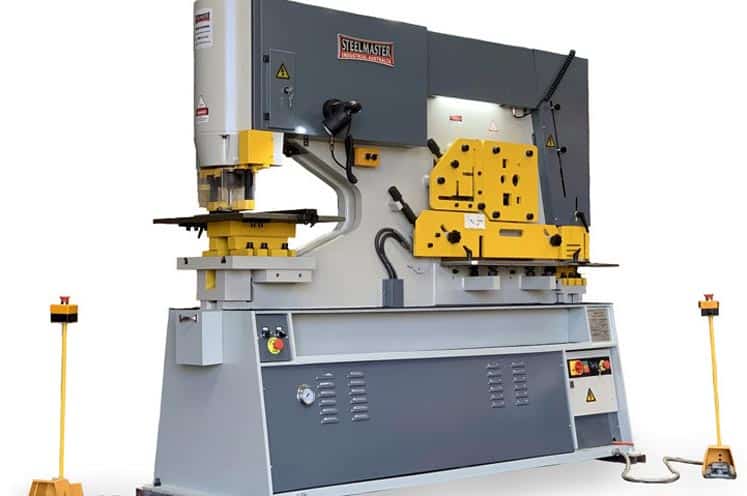First off, let’s talk about what a hydraulic punch and shear is. Essentially, it’s a machine that is used to cut and shape sheet metal. It uses a hydraulic system to exert a tremendous amount of force, allowing it to cut through thick pieces of metal with ease. However, as you might imagine, this also means that it can be incredibly dangerous if not used properly.
One of the biggest dangers when working with a hydraulic punch and shear is the potential for the machine to malfunction or break down. This can happen for a variety of reasons, such as improper maintenance, worn out parts, or simply due to wear and tear over time. If the machine malfunctions while in use, it can result in serious injury or even death.
To minimize the risk of malfunctions, it’s important to keep the machine properly maintained and serviced. This includes regular inspections, cleaning, and lubrication of all parts. It’s also important to replace any worn out or damaged parts immediately, rather than trying to continue using them.
Another major danger when working with a hydraulic punch and shear is the potential for flying debris. When the machine is in use, it can produce small metal particles that can be ejected at high speeds. These particles can cause serious injuries if they hit someone in the face or eyes.
To minimize the risk of flying debris, it’s important to wear proper safety gear at all times. This includes safety glasses or goggles, as well as a face shield if necessary. It’s also important to keep a safe distance from the machine while it’s in use, and to never lean over or reach into the machine while it’s running.
In addition to these physical dangers, there are also some ergonomic risks associated with using a hydraulic punch and shear. Because the machine requires a lot of force to operate, it can put a lot of strain on your hands, arms, and shoulders. This can lead to repetitive strain injuries or other musculoskeletal disorders over time.
To minimise the risk of ergonomic injuries, it’s important to use proper technique when operating the machine. This includes keeping your wrists straight, using both hands to operate the machine, and taking regular breaks to stretch and rest your muscles. It’s also important to make sure that the machine is set up at the correct height and angle for your body, so that you’re not straining to reach the controls.
Finally, it’s important to receive proper training before using a hydraulic punch and shear. This should include both theoretical and practical training, so that you understand the risks and how to use the machine safely. It’s also important to make sure that anyone who is operating the machine is properly trained and qualified to do so.
In conclusion, working with a hydraulic punch and shear can be incredibly dangerous if proper safety precautions are not taken. To minimize the risk of injury or death, it’s important to keep the machine properly maintained, wear proper safety gear, use proper technique, and receive proper training. By following these recommendations, you can ensure that you and your colleagues stay safe while using this powerful machine. Thanks for tuning in, and until next time, stay safe out there!
Cheers,

![]()






